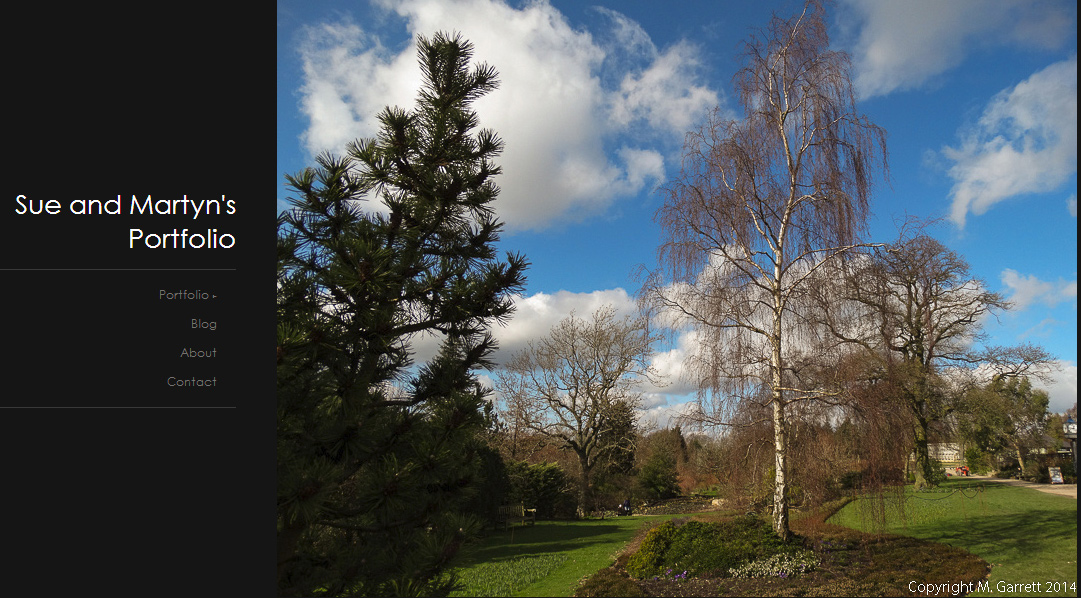Our early brassica patch is now in full flow.
Part of the first calabrese head of the week was eaten raw with a salad.
The strawberries are providing us with steady pickings. The new plants are now bulking up well but I do wish they would steady up on runner production. I don't want them to expend energy on producing babies and so it's almost a full time job trimming them.
The first planted bed is netted but this is just a temporary job until we can manage a more permanent solution. The second bed isn't yet producing and so this will be covered shortly.
The strawberry harvest is supplemented by a few alpine strawberries but these are not yet in full production mode either.
The strawberry harvest is supplemented by a few alpine strawberries but these are not yet in full production mode either.
The early cabbages are starting to split and are producing faster than we can eat them. Some will be frozen and some shared with my sister. We could make sauerkraut as Daphne did but neither of us like it.
Blackbirds creating a fuss and doing their utmost to get into the 'cage' covering the redcurrants was a sure sign that the fruit was ripening. I picked a few but the 'strings' are not yet fully ripened so there is no rush to pick them.
Ripe redcurrants hang on the bush for quite a while - much to the blackbirds frustration. Blackcurrants on the other hand tend to drop off when fully ripe and so I need to keep on top of the picking.
 The first batch was from a variety called Ebony and our second picking was from Ebony and Ben Connan
The first batch was from a variety called Ebony and our second picking was from Ebony and Ben ConnanThese are not netted as on our plot the birds show only fleeting interest and the few they steal doesn't warrant any protection. Picking blackcurrants is a tedious job and so the relaxing effect of the lavender perfume which is released as I brush against the plants bordering the fruity beds is a bonus.
There was also plenty of sweet Williams to pick.
As we use items from the salad bar I keep replanting and as usual we have a ready available supply of fresh herbs.
Last week we also had a couple of harvests from the garden greenhouse
Martyn's experiment at getting early tomatoes yielded one small fruit which in fairness had been ripe for a while but kept being overlooked. I've saved the best 'till last. If you read either of our blogs earlier in the week you will know that we picked our first ever home grown apricots. We only had two fruits but then again the tree produced very few flowers and I had to play at being a bee.
I've saved the best 'till last. If you read either of our blogs earlier in the week you will know that we picked our first ever home grown apricots. We only had two fruits but then again the tree produced very few flowers and I had to play at being a bee.
As we use items from the salad bar I keep replanting and as usual we have a ready available supply of fresh herbs.
Last week we also had a couple of harvests from the garden greenhouse
 I've saved the best 'till last. If you read either of our blogs earlier in the week you will know that we picked our first ever home grown apricots. We only had two fruits but then again the tree produced very few flowers and I had to play at being a bee.
I've saved the best 'till last. If you read either of our blogs earlier in the week you will know that we picked our first ever home grown apricots. We only had two fruits but then again the tree produced very few flowers and I had to play at being a bee.
Our complete June harvest is listed here



































































